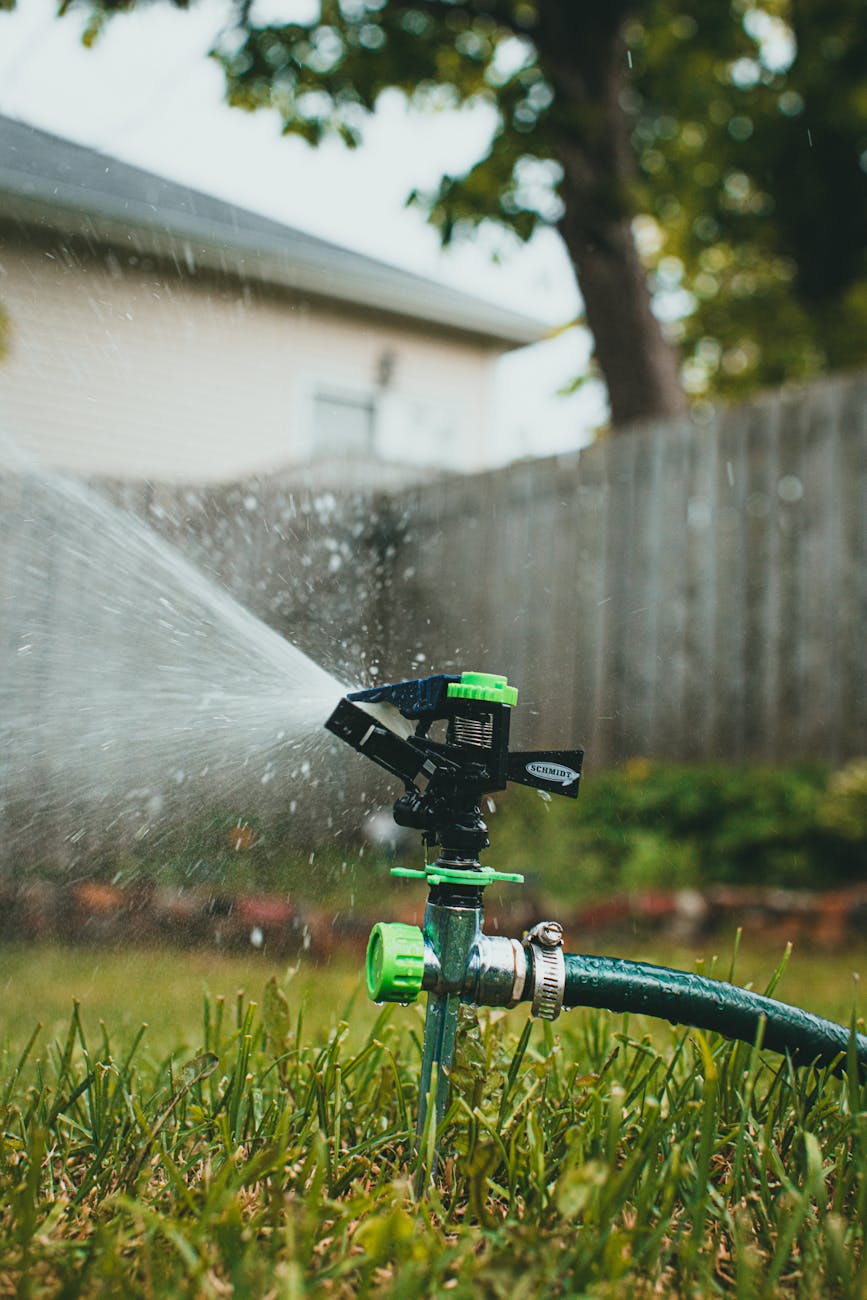4 Signs Your Sprinkler System Isn’t Ready for Winter’s Chill
Did you know that even a small amount of leftover water in your sprinkler lines can freeze and cause hundreds of dollars in damage?
Well, many homeowners underestimate how quickly cold weather can affect irrigation systems. When the first frost arrives, pipes can burst, valves may crack, and your lawn could suffer in spring.
So, the big question is: how do you know if your system is prepared? The truth is that sprinklers give off warning signs before winter hits. Ignoring these signals might mean repairs, wasted water, or a dead lawn once the snow melts.
Hence, let’s take a closer look at some clear signs that your sprinkler system isn’t winter-ready and what you should do about it.
1. Water Pressure Seems Unstable
One of the first red flags homeowners notice is uneven water pressure. If your sprinklers are sputtering or some heads spray weakly, it means water is likely trapped in the lines. That trapped water is dangerous once freezing begins.
Companies like Just Right Sprinklers emphasize that ignoring pressure issues before cold weather can lead to pipe bursts and valve failures. This is where sprinkler winterization plays a vital role. It works by using compressed air to clear out the lines. Turns out, the pressure is balanced and water is removed safely.
Hence, if you’ve noticed inconsistent pressure during the last runs of the season, it’s a strong sign your system isn’t ready to handle the winter chill. In this situation, scheduling a professional service is a proactive step that protects your investment, prevents water waste, and keeps your lawn irrigation running efficiently year after year.
Ultimately, the key is to act early, which prevents major underground damage and ensures smooth operation once spring returns.
2. Sprinkler Heads Aren’t Retracting Fully
Pop-up sprinkler heads should disappear completely into the ground after watering. If they’re sticking out or staying partially raised, that’s a warning signal. Exposed heads are the first parts of the system to be damaged by frost, snow, or heavy ice. Frozen water inside them can crack the plastic casing or even snap the head.
Beyond physical damage, exposed heads also become tripping hazards in icy conditions. A proper inspection and cleaning often resolve this. But if heads are malfunctioning, they need attention before winter sets in. In some cases, professionals may recommend insulating certain exposed components.
Ultimately, spotting this sign early allows you to address it before sub-zero nights turn a small issue into a costly replacement.
3. Moisture Patches Appear After Shut-Off
Once your irrigation system is turned off, your lawn should remain dry until spring. If you notice damp soil or soggy patches near sprinkler zones, it indicates water is still present in the pipes or valves. During winter, these moisture pockets freeze, expand, and worsen existing leaks underground.
Homeowners often mistake this for simple rainwater, but persistent wet spots are usually tied to hidden irrigation leaks. Professionals performing winterization look for these signs to ensure no water remains.
Detecting this early also prevents mold growth, soil erosion, and water waste. Hence, if you spot unexplained damp areas after shutting down your system, treat it as a clear indicator that your sprinklers aren’t truly ready for the season.
4. The Control Timer Is Still Running
Your irrigation controller might seem harmless if left on, but an active timer during freezing months is a recipe for trouble. When the system tries to run as scheduled, water flows into pipes that should already be dry. This creates two problems:
- Ice formation in your yard and
- The added risk of frozen water expanding in the lines.
Many modern controllers come with a “winter mode” that saves programming but disables watering. If your timer is still active, it shows your system hasn’t been properly winterized. Beyond turning the system off, experts recommend unplugging or disabling the controller completely until spring. Checking this small but often overlooked step could be the difference between a smooth start next season and costly midwinter damage.
Conclusion to Draw!
Winter can be harsh on sprinkler systems, but spotting the signs early makes all the difference. Uneven water pressure, stuck heads, damp soil, active timers, and a missed professional inspection all signal that your sprinklers aren’t prepared for the cold months ahead. By taking preventive steps, you avoid frozen pipes, costly repairs, and springtime headaches.
Last but not least, a little preparation now ensures your lawn will bounce back healthy and green once the warmer days return. Don’t wait for freezing nights to expose the problems — act today and keep your system safe all winter long.


Leave a Reply
You must be logged in to post a comment.